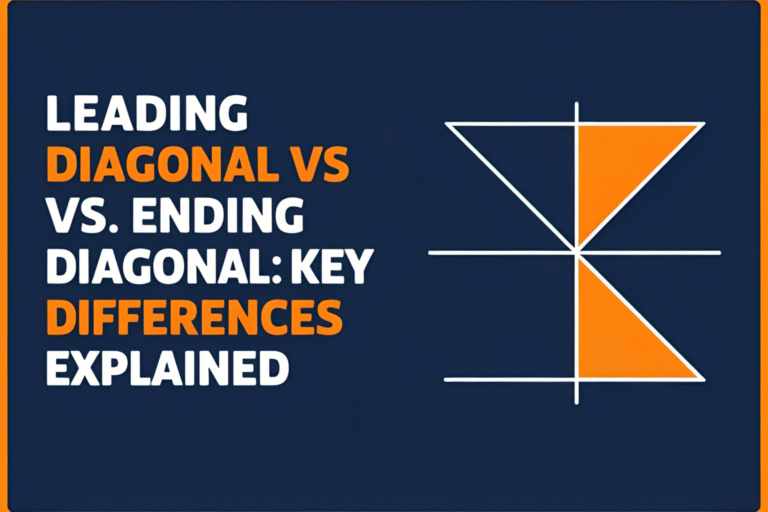Elliott Wave Degrees and Labels: Simple Guide for Traders
Elliott Wave Theory is based on patterns that repeat across timeframes. To analyze these repeating patterns clearly, Elliott introduced the concept of wave degrees—levels of wave hierarchy that help traders label and organize waves accurately.
In this guide, we’ll explain how wave degrees work, why they matter, and how to label waves across timeframes without confusion.
What Are Elliott Wave Degrees?
Elliott Wave degrees refer to the relative size or scale of wave patterns. They help differentiate between waves on different timeframes—from long-term trends to intraday moves.
There are multiple degrees, but here are the commonly used ones:
| Degree Name | Suggested Use | Labeling Style |
|---|---|---|
| Grand Supercycle | Multi-century | (I), (II), (III) |
| Supercycle | Multi-decade | I, II, III |
| Cycle | Years | 1, 2, 3 |
| Primary | Months | [1], [2], [3] |
| Intermediate | Weeks | (1), (2), (3) |
| Minor | Days | 1, 2, 3 |
| Minute | Hours | i, ii, iii |
| Minuette | Minutes | (i), (ii), (iii) |
| Subminuette | Seconds/minutes | [i], [ii], [iii] |
These labels help you keep wave counts organized and clear when analyzing multiple timeframes.
Why Are Wave Degrees Important?
- Avoids confusion when multiple waves overlap
- Helps identify the bigger picture trend
- Useful for top-down analysis—from weekly to 5-minute charts
- Supports accurate wave labeling, especially when switching timeframes
How to Apply Degrees in Practice
- Start from the highest timeframe: Look for major patterns on monthly or weekly charts.
- Label each visible wave with the appropriate degree.
- Drill down into lower timeframes to identify subwaves of each major wave.
- Always use consistent labeling to avoid overlap or confusion.
Tools for Labeling Degrees
Most advanced charting platforms (e.g., TradingView, MotiveWave) offer built-in Elliott Wave labeling tools with degree presets. You can assign labels to each wave without manual text entry.
If you’re labeling manually, use:
- Brackets: For primary or subminuette waves
- Roman numerals: For higher degrees
- Lowercase vs uppercase: To separate minor from major levels
Common Mistakes to Avoid
- Using the same label for different degrees
- Ignoring degree consistency across timeframes
- Trying to count too many degrees on one chart
- Forgetting to reset wave labels when new cycles begin
Conclusion
Elliott Wave degrees are a powerful way to stay organized in your analysis. By using consistent labeling and respecting wave hierarchy, you can manage even the most complex wave structures across all timeframes.
Mastering degrees will make your Elliott Wave work more precise, readable, and actionable.
FAQs
What is the purpose of wave degrees in Elliott Wave Theory?
To distinguish waves of different sizes and organize patterns across timeframes.
How many wave degrees are there?
Elliott originally defined nine common degrees, but traders may use more or fewer based on preference.
Can I use wave degrees on intraday charts?
Yes, degrees like Minuette and Subminuette are commonly used on 5-minute and 15-minute charts.
Do I have to memorize all the degrees?
Not necessarily. Focus on consistency and use charting tools for easy labeling.
Which charting platform is best for degree labeling?
Platforms like TradingView and MotiveWave offer flexible Elliott Wave tools with pre-set degrees.





